The Ministry of Culture, Sports and Tourism (MCST) has just decided to allow Dak Lak Museum to conduct the third archaeological excavation at Thac Hai site in Ea Sup district, Dak Lak province.
According to Decision No. 1504/QD-BVHTTDL, the archaeological excavation will take place from June 22, 2024 to July 30, 2024, on an area of 50 square meters.
The scale of the archaeological excavation includes 2 pits, each pit is 25m2. The excavation leader is Mr. Tran Quang Nam, an officer of Dak Lak Museum.
Thac Hai archaeological site in village 6, Ia Jloi commune, Ea Sup district, Dak Lak province was discovered in early 2020.
Previously, there were two archaeological excavations at Thac Hai Site. The excavations in March and April 2021 were conducted by the National History Museum in collaboration with Dak Lak Museum. Archaeologists collected a rich amount of relics and artifacts such as stone axes, pottery, glassware, burials, more than 1,000 stone drills of various types and tens of thousands of small pieces.
The second excavation from November 2021 to May 2022 revealed relics including tombs, pottery clusters, black soil pits and burnt soil floors.
Of these, 16 graves had fairly uniform burial customs. Some graves were buried with stone tools such as axes, chisels, grinding tables, and bark pounding tables. Some graves were buried with 42 blue glass beads as burial objects.
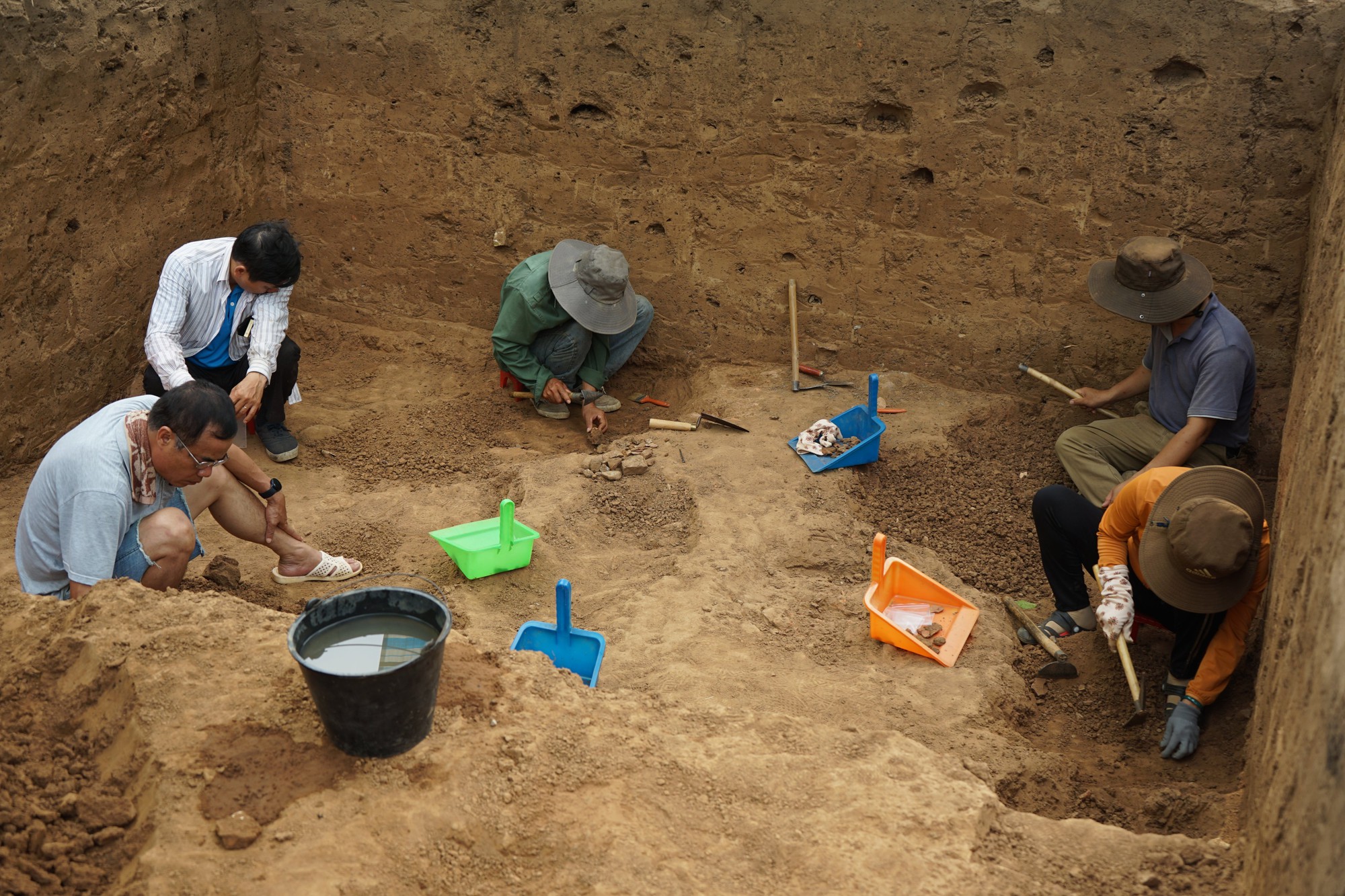
Archaeological excavation of artifacts at archaeological sites in Ea Sup district, Dak Lak province.
The artifacts collected include stone, ceramic and glass objects. Stone objects are the main type of artifacts at Thac Hai, the most numerous being drill bits with 1,596 specimens.
Pottery includes vases, pots, jars, urns, bowls... in many sizes. Glassware includes 1,244 beads.
Scientists believe that Thac Hai is a complex site, which is both a residential area, a burial site and a large-scale stone drill manufacturing workshop.
Excavation results also show that the Thac Hai archaeological site is located in the time frame from about 3,500 BC to about 2,000 years ago, existing for a period of more than 1,000 years, with two different early and late development stages.
The early stage belongs to the late Neolithic period, represented by the drill-bearing cultural layer, with both pot tombs and earthen tombs, and burial objects mainly being stone and ceramic objects.
Late Iron Age period, with cultural layers containing glass beads, jar graves buried with glass beads.
Archaeologists believe that Thac Hai may be the site with the thickest cultural layer in the Central Highlands. Archaeological sites in the Central Highlands often have an average cultural layer of 50-70 cm thick, the thickest site in Lung Leng is only about 1 meter, but at Thac Hai site, even if not counting the second layer (modern times), the cultural layer here is still about 2 meters thick.
The research and excavation results at Thac Hai Archaeological Site are among the new and very important discoveries of Vietnamese archaeology.
With the existing documents about cultures or sites of the same period, it can be said that this is the first time in Southeast Asia in general and Vietnam in particular, that a large-scale, highly specialized, and technically sophisticated drill bit manufacturing workshop has been discovered.
Source: https://danviet.vn/dao-sau-khao-co-o-mot-thon-cua-dak-lak-xuat-lo-hon-1500-hien-vat-co-la-la-mui-khoan-da-2000-nam-20240926180604814.htm







![[Photo] Closing of the 13th Conference of the 13th Party Central Committee](https://vphoto.vietnam.vn/thumb/1200x675/vietnam/resource/IMAGE/2025/10/08/1759893763535_ndo_br_a3-bnd-2504-jpg.webp)
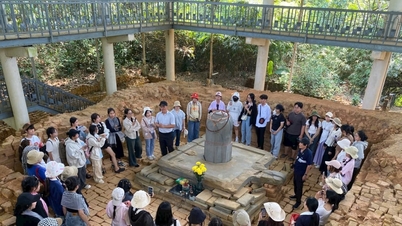



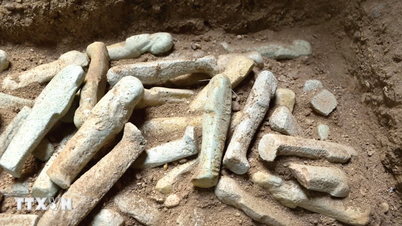

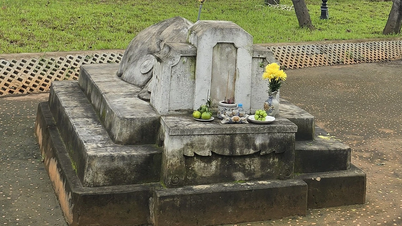








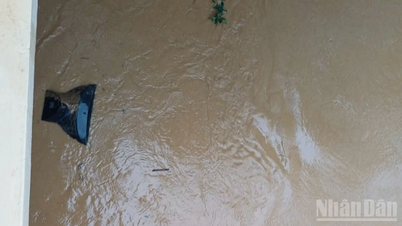


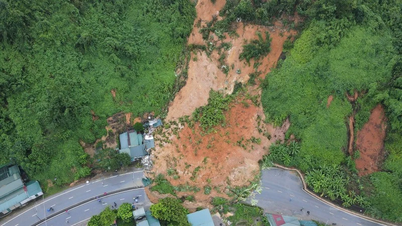







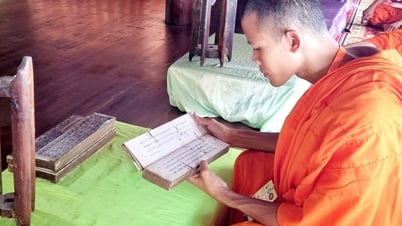

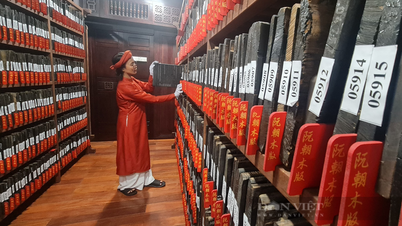























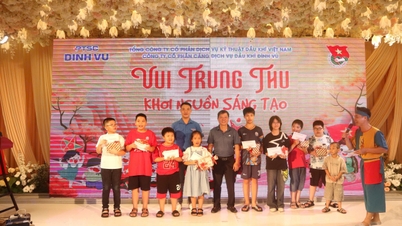












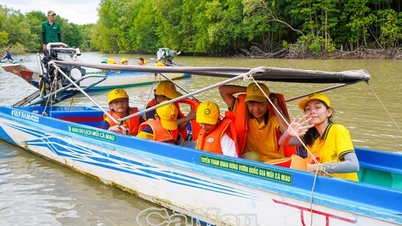



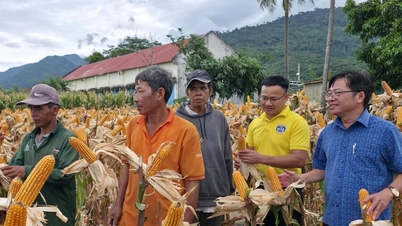




















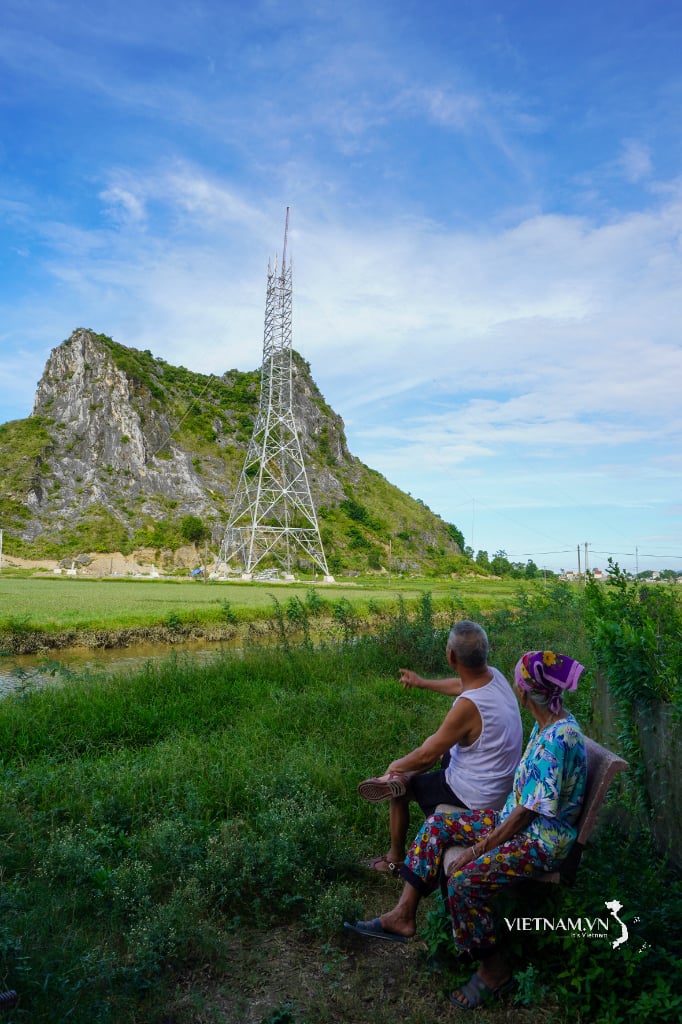

Comment (0)